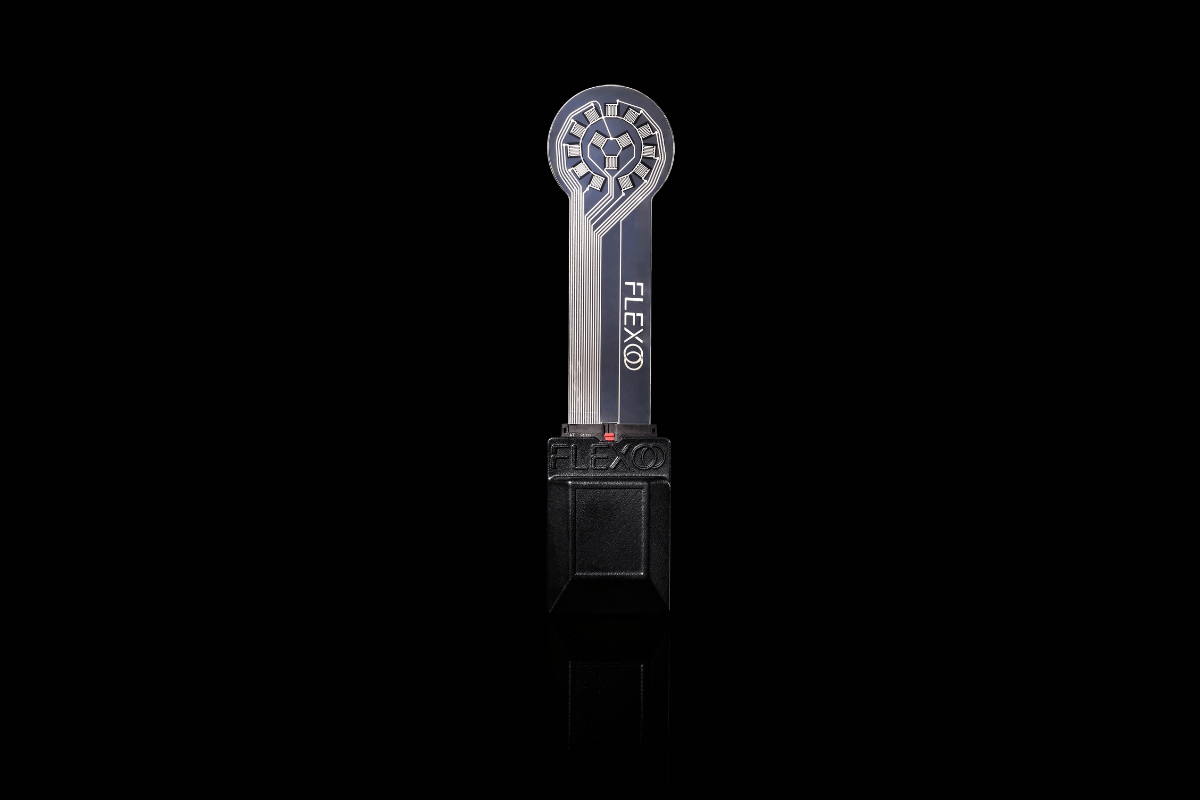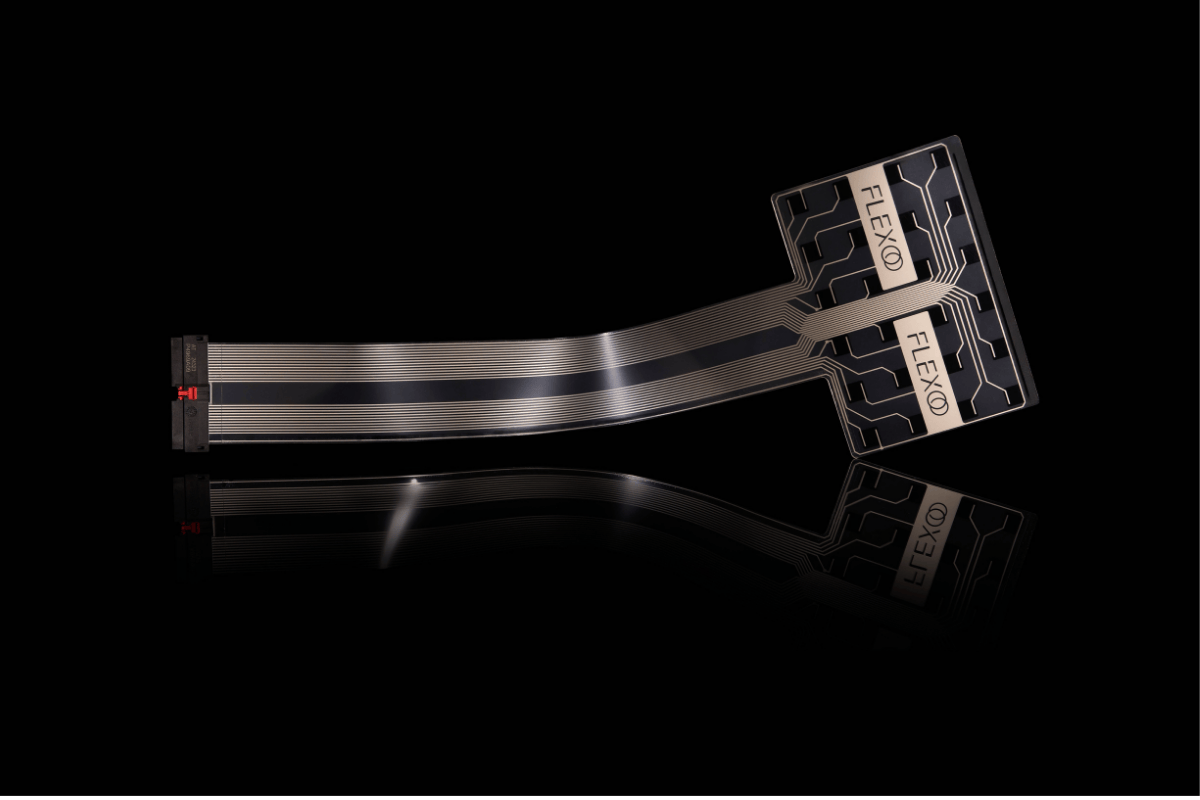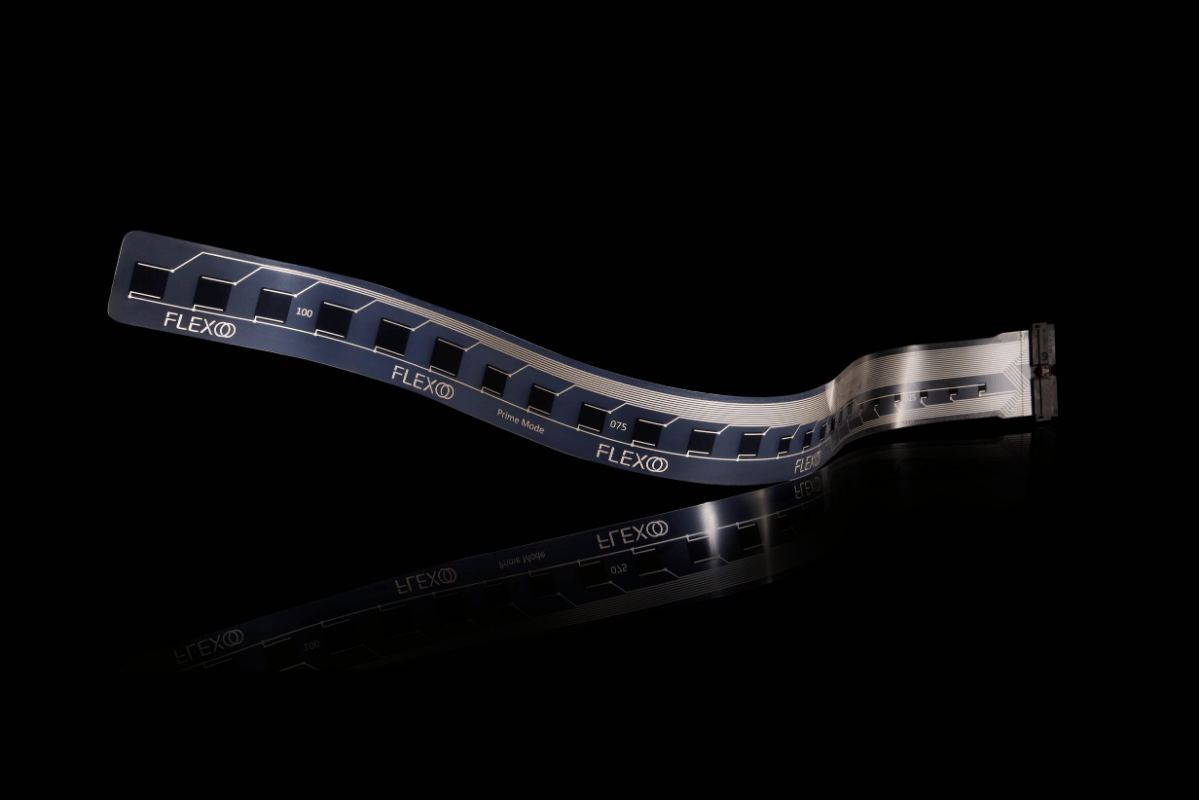Wireless sensors for multi-sensing in real-time
The ultra-thin wireless sensors of MultiMoS collect data cost-effectively even in confined spaces. The customizable integration of additional parameters beside pressure and temperature as standard for simultaneous measuring enables tailored solutions that feed advanced Physical AI algorithms, unlocking deeper insights and enabling smarter, autonomous decision-making. With effortless installation, instant connectivity, and future-ready IoT compatibility, MultiMoS adapts flexibly to evolving environments and business needs, helping companies implement faster, act smarter, and achieve measurable performance improvements in even the most complex settings.
What are wireless sensors?
Wireless sensors are ultra-compact measurement devices that collect and transmit data without physical connections. MultiMoS's ultra-thin sensors use Bluetooth Low Energy (up to 30m range) and upcoming LoRaWAN for IoT integration, featuring embedded electronics, 1 Gbit storage, and multiparameter sensing capabilities in printable form factors.


What problems do wireless sensors solve?
Wireless sensors eliminate high installation costs, complex cabling, limited data access, and monitoring restrictions in inaccessible locations. MultiMoS addresses these with pre-calibrated plug-and-play setup, real-time data transmission, ultra-thin design for tight spaces, and 50-hour continuous operation without recharging.
What types of wireless sensors are available?
Common wireless sensor types include temperature sensors for thermal monitoring, pressure sensors for mechanical stress detection. MultiMoS provides multiparameter wireless sensors with standard pressure and temperature measurement. Customizable options include humidity, VOC detection, gas sensing, and other parameters.


How precise are wireless sensors?
Modern wireless sensors achieve high measurement accuracy through advanced electronics and signal processing. MultiMoS offers the world's most precise tactile sensing, delivering superior signal quality without crosstalk. Operating from -10°C to 100°C for sensors and -20°C to +60°C for electronics, ensuring reliable performance in demanding environments.
Key technical data of FLEXOO's wireless sensors
Sensor
- up to 26 sensing points
- 16 Bit ADC resolution (65536 quantification points)
- Simultaneous measurement of customizable multiparameter - pressure/temperature as standard
- 10 °C to 100 °C (in non-condensing solvents) temperature range
- Standard foil design: credit card, stripe, slider, circle
Electronics
- Bluetooth Low Energy 5.4 | LoRaWAN coming soon
- up to 150 fps transmission rate (Bluetooth)
- Range: up to 30 meters
- 1 Gbit data storage on PCB
- – 20° C to + 60° C temperature range
- 50 h continuous measurement (Bluetooth), Lithium Ion Battery 1200 mAh rechargeable
Why should you choose FLEXOO's MultiMoS as your wireless sensor?
Use case applications for wireless sensors
Frequently Asked Questions
Let’s start to work on your challenge!
Ready to take the next step? Reach out to our sales team today and discover how we can tailor our solutions to meet your needs.










